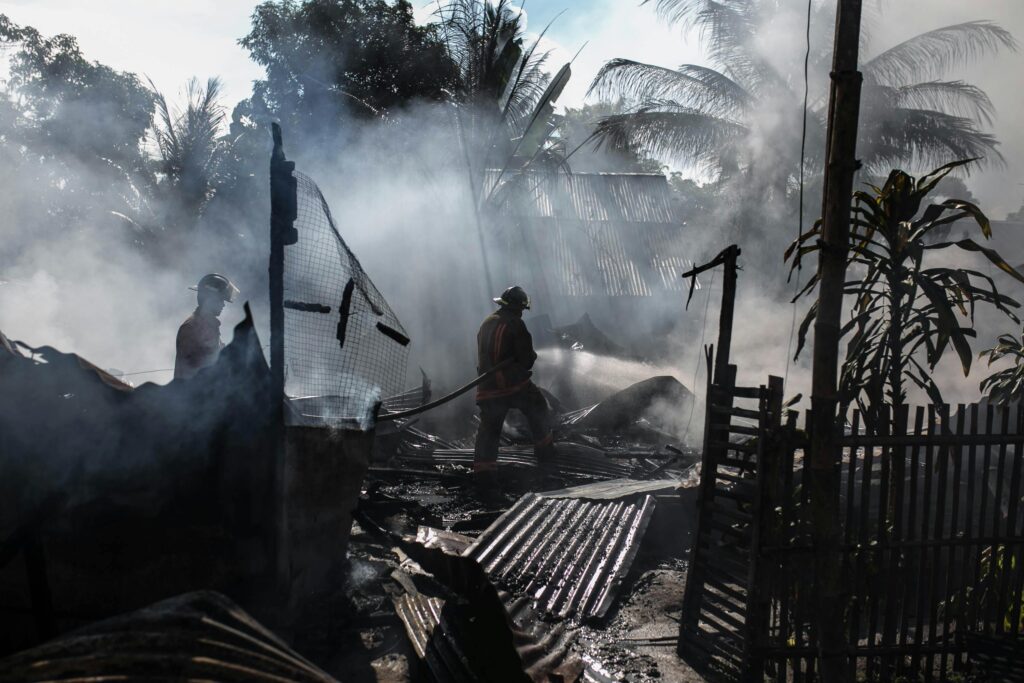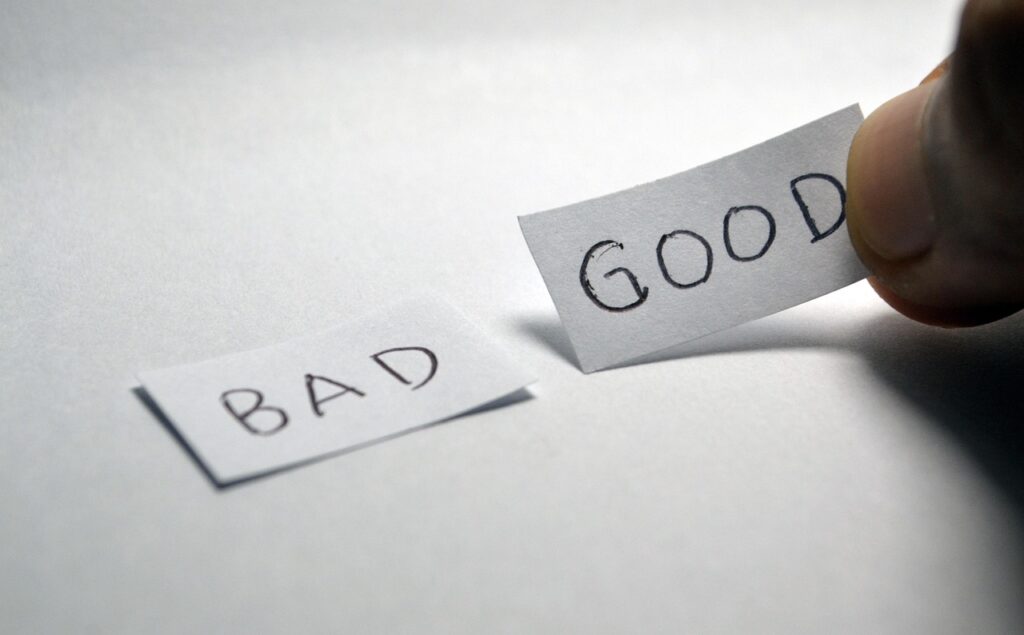In the age of instant updates and 24/7 headlines, news in India is no longer just a source of information—it’s a full-blown experience. Over the past two weeks, as the nation held its breath through political changes, military developments and challenges, social unrest, and economic shifts, we’ve all been riding a wave of emotion. It’s in our WhatsApp groups, our dreams, our tempers, and even our health.
The news has never felt more personal.

Cross-Border Tensions: A Nation on Edge—and on Screen
India’s recent military developments across the border and the debate over ceasefire talks with Pakistan held center stage. But far from sober, factual coverage, most news channels made it a drama show. Screens lit up with graphics of fire-belching tanks, “war room” panels, jarring music, and hyper-nationalist analysis.
Instead of analyzing the intricacy of geopolitical events, some anchors handled it as if it were a cricket match—complete with simulated battles, retort countdowns, and bombast. Sometimes, the tone slid into satire, with panelists jeering at the other side and framing a serious military issue as primetime entertainment.
This strategy did more than manipulate facts—it inflamed emotion. Audiences weren’t merely educated; they were provoked. Reality and dramatization became indistinguishable. The outcome? ? A gratuitous increase in national apprehension. For numerous viewers at home, the cacophonous arguments and blinking statistics didn’t provide illumination—they presented discombobulation, agitation, and a profound sense of discomfort. What might have been a moment for rational public understanding became instead a boisterous, too-often derisive spectacle.
Natural Disasters & Climate Angst: Fear in Every Forecast
As geopolitical tensions seethed on television screens, nature produced its own breaking news. Unseasonal rains lashed cities, premature forest fires raged across Uttarakhand’s delicate ecosystems, and a merciless heatwave seared vast tracts of central and northern India. These were pivotal stories—but the manner in which they were presented left little space for reflective thought.
Prime time segments included flashing “ALERT” signs, sonic booms of music, and apocalyptic rhetoric. “Fireballs in the Hills!” or “The Heat That Can Kill!” became common headings. Rather than providing scientific background or solutions, most channels opted to maximize fear—repeating extreme imagery, bringing in generalist commentators, and excluding voices of climate scientists or local responders.

What’s happening is not only a climate crisis—it’s a crisis of how we’re taking it in. For young Indians in particular, the outcome is increasing climate anxiety: a chronic feeling of fear about the future. Media’s good-hearted urgency sometimes becomes overdrive, transforming awareness into overwhelm. In attempting to raise the alarm, the news might be paralyzing many with fear, instead of empowering them to act.

News as Emotional Contagion: Between Headlines and Heartbeats
One minute, the news is hailing India’s semiconductor achievements with victory anthems and beaming studio boards. The next, it lurches into hushed speculation on inflation, job cuts, or market collapses. This sustained swinging—between patriotic pride and patriotic fear—causes emotional whiplash among viewers.
Rather than providing balanced context, most news outlets tilt into extremes. Multifaceted progress is boiled down to sensational dichotomies: “India Rising” or “Economic Meltdown,” “Vishwaguru” or “Vulnerable Giant.” And the outcome? A public moved not by reason, but by mood swings.
This type of emotionally manipulative reporting doesn’t just educate—it infects. It transmits optimism one day and terror the next. Eventually, this cycle conditions us to look at the world as precarious and threatening, even when facts could be more complicated. For most Indians, particularly younger audiences and digital natives, the news becomes less a source of clarity and more a vector for emotional churn—scroll by scroll, soundbite by soundbite.
So, what is the solution?

The answer isn’t to turn off entirely—but to take a step back intentionally. Decide what you read. Counteract doomscrolling with richer, more positive reading. Track trusted sources. And above all, take a break for your mind and personal call but help the seniors of the houses to listen and stick to the right information not misleading one.
In the past fortnight, Indian media has demonstrated what a powerful tool the news is in driving not only talk, but shared sentiments; not a proud moment the NEWS Channel gave to us. It has the ability to unite, to awaken—but overwhelm as well. And as the country navigates more moment-defining times ahead, the actual test will be not merely the way events progress, but how we choose to react to them as aware, emotionally stable citizens.
Read carefully, think critically, and share responsibly.